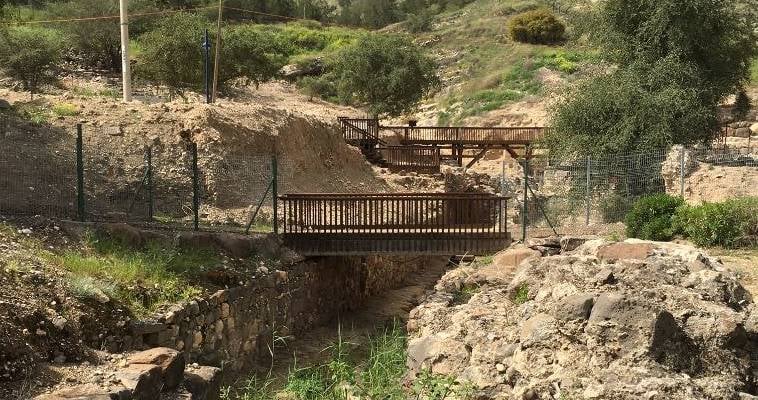Tiberias, a lively, picturesque city on the Sea of Galilee, also boasts a wealth of Jewish history and spirituality.
Tiberias, a fun and busy city on the Sea of Galilee, is known as a popular destination for tourists. If you look closely at the black basalt stone buildings amidst the bright lights, hotels and shops, along with the beautiful scenery, a picture of Jewish life in Tiberias throughout the ages emerges.
Tiberias was built in 20 CE by Herod Antipas. Using Roman technology to channel flood waters from the steep mountains above, it became possible to build a city in this area. In those years, it was not a Jewish city, but over time, it became the home of Jewish leadership. Roman-era Tiberias was recently opened to the public in the Berko Archaeological Park.
With the destruction of Jerusalem by the Romans in 70 CE, Jewish leadership moved northward and eventually made its way to Tiberias, where the Jerusalem Talmud (named for the desire to return to Jerusalem) was written. The Aleppo Codex, the oldest book version of the Hebrew Bible, which includes the traditional Jewish vocalization, was written in Tiberias in the 10th century CE.
In Tiberias (and throughout the Galilee), there are remarkable remains from synagogues from the 3rd to 8th centuries CE. The synagogue in the Hamat Tverya (Spring of Tiberias) National Park was built in three different periods in the same place. Visitors can see remnants of all three synagogues, including detailed mosaic floors. Of course, Jerusalem and the Holy Temple are a prominent feature of the decorations, as we find in many synagogue mosaics from this time. On winter days, visitors can enjoy dipping their feet in the very hot mineral spring water flowing through the park, which has always been known as a place of healing.
Perched above Hamat Tverya is the traditional grave of Rabbi Meir Ba’al HaNes. This is a very exciting place to visit, with shops and picnic areas; many Israelis go there to pray and be blessed. Rabbi Meir was a leading spiritual leader in the 2nd century CE known for his abilities to bring about miracles. In fact, Ba’al HaNes translates to “The Master of Miracles.” It is said that when he or others were in a dangerous situation, they would say, “May the God of Rabbi Meir answer me,” and they would be saved.
Nearby are also the graves of Rabbi Akiva, a leading rabbi from the time of the destruction of the Temple and the Bar Kochba Revolt of 132-135, and the Rambam (Maimonides), who was buried in Tiberias in the 13th century.
In the 16th century, during the Ottoman period, a wealthy Jewish donor by the name of Dona Gracia attempted to renew the Jewish community in Tiberias, and in the 18th century, Rabbi Chaim of Abulafia succeeded in this effort. Several buildings from that time still stand near the boardwalk. If you look closely behind the street fair stands and bungy jumpers, you’ll see the rich Jewish history of Tiberias with many stories to share.
Many people believe that Miriam’s Well, which provided water for the Israelites in the desert, found its permanent home in the Sea of Galilee when they entered the Land of Israel. Archaeologists have recently identified this location (in the sea across from the Hamat Tverya synagogue) based on ancient tradition.
By: Leah Bowman
(The author, a licensed tour guide, leads inspiring tours throughout Israel, including child-friendly and bible tours. Check out her website and blog page.)

Free Ebook: 10 Best Places to Visit in Israel
The Land of Israel has provided the backdrop for some of the most important events in human history. From the Old City in Jerusalem to the Sea of Galilee, people from all over the globe visit the Holy Land each year to take in the breathtaking scenery and inspiration of Israel. Now you can experience this beauty for yourself from the comforts of home and maybe plan a trip of your own to Israel. Get the free, exclusive eBook from United with Israel: The 10 Best Places to Visit in Israel.
